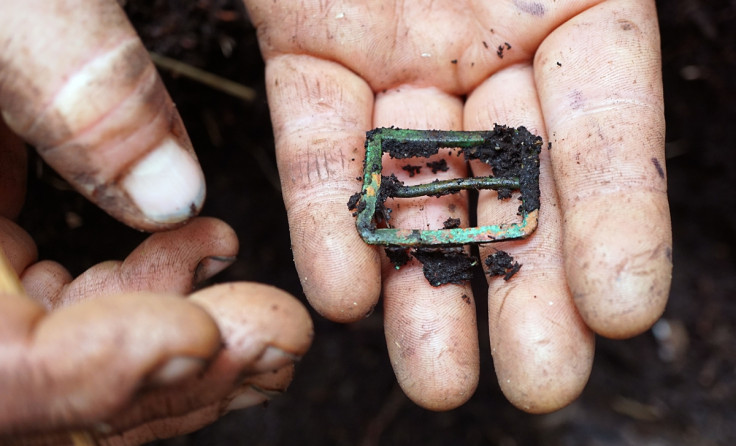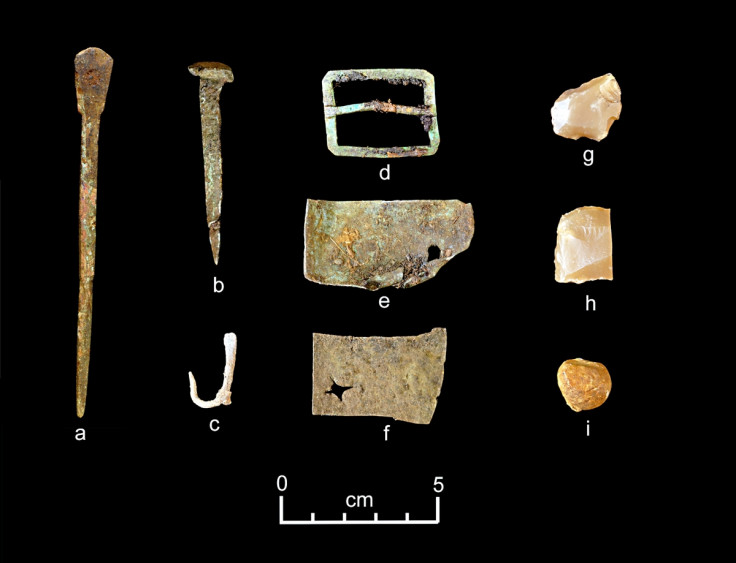How crew of 19th century Neva shipwreck survived subarctic Alaskan winter [Photos & Video]
Russian and American sailors managed to survive a subarctic winter for a month after their ship, the Neva, sank in 1812 – but no one knows how.
Now, scientists are hoping to learn about what happened to the crew during the four weeks they were stranded on Alaska's Prince William Sound before they tried to make their way to the city of Sitka.
An international team of researchers funded by the US National Science Foundation is looking at archaeological and historical accounts of the crew over 200 years after the events took place. Scientists from Russia and the US are building on previous work that uncovered artefacts at a location they believed to be the survivor camp.
The Neva was one of two vessels that completed the first Russian circumnavigation of the globe. In 1808, it was in the service of the Russian-American Company, which Tsar Paul I had originally chartered to establish new settlements in Russian America – specifically Alaska – for a programme of colonisation. It left Okhotsk for Sitka in August 2012 and during the three month voyage, the crew suffered water shortages and sickness, before a fierce storm damaged the ship's rigging.

By November, the sailors found shelter in Prince William Sound and eventually made the decision to attempt to get to Sitka – and they almost got there before the ship was wrecked off Kruzof Island. The wreck killed 32 sailors but 28 made it to shore. Of these, 26 survived and were taken to Sitka, but there were few accounts of their experiences collected or published and there are no official records relating to the wreck or what happened afterwards.
Over the last two years, scientists have found caches of Russian axes and everyday tools the team believes were used by the crew – with the finds indicating they managed to survive by foraging and gathering materials from the wreck that washed ashore.
"The items left behind by survivors provide a unique snapshot-in-time for January 1813, and might help us to understand the adaptations that allowed them to await rescue in a frigid, unfamiliar environment for almost a month," said Dave McMahan of the Sitka Historical Society.

They found a series of hearths and early 19<sup>th century artefacts such as gun flints, musket balls, fish hooks made from copper and an axe. The team also say food refuse heaps will help them to reconstruct the foraging strategies they used to survive. They believe the crew used gun flints to start fires by striking them against steel, while they also appeared to have tried to whittle down musket balls to fit a smaller calibre weapon.
All of the evidence suggests the survivors were extremely active in ensuring their own survival – modifying the wreckage desperately but resourcefully. "Collectively, the artefacts reflect improvisation in a survival situation, and do not include ceramics, glass and other materials that would be associated with a settlement," McMahan said.

© Copyright IBTimes 2025. All rights reserved.






















